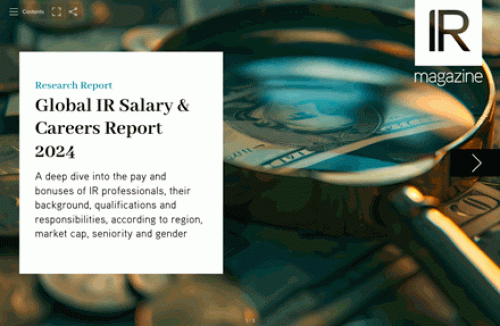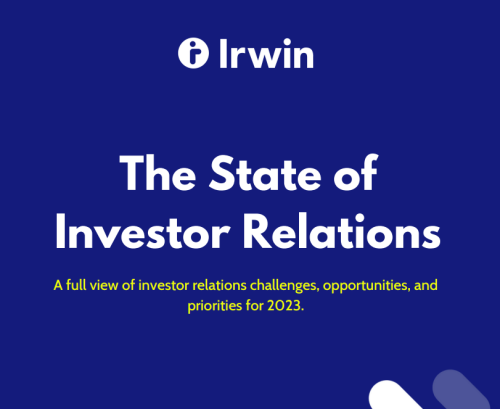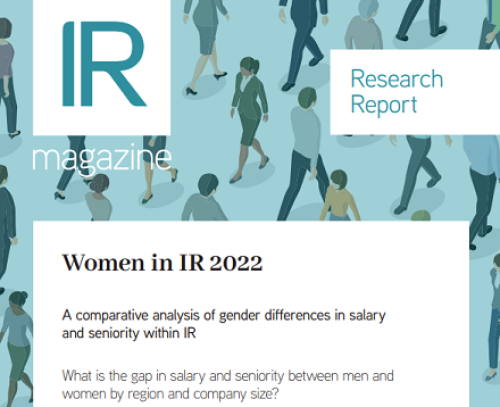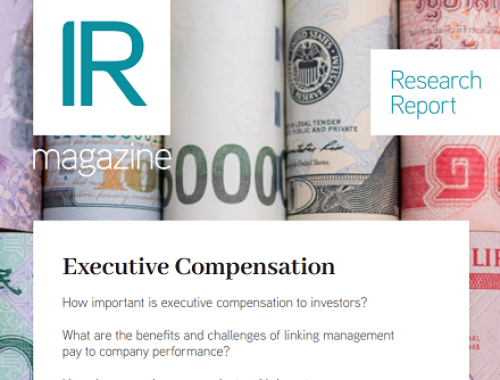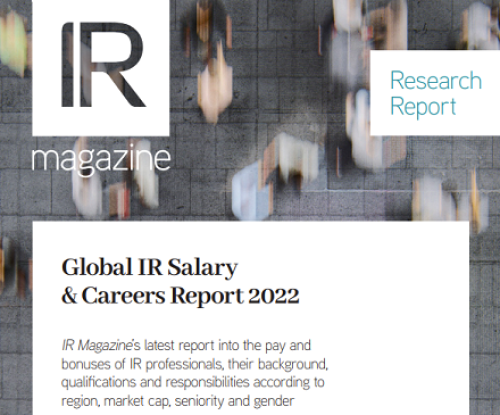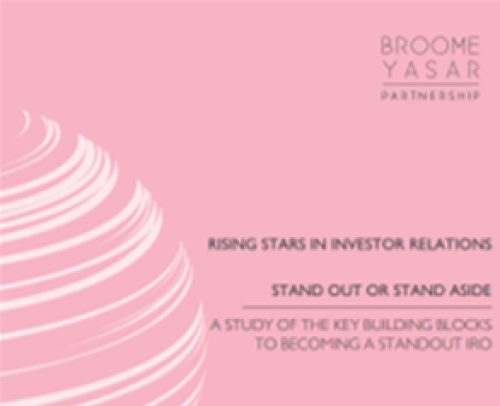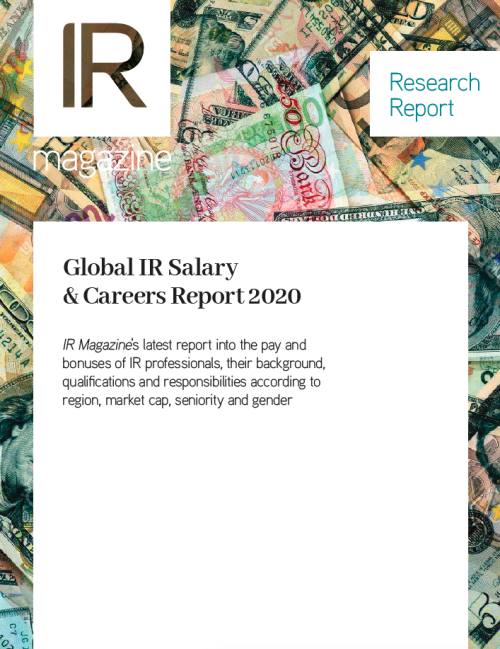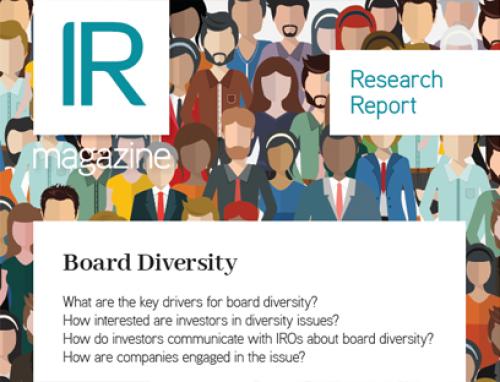Helen Dunne wants to join the club following news that golf-playing managers get paid more than non-golfers
Excuse me if this column appears a bit rushed – I don’t mean to be rude but I’m just fitting it in before my first golf lesson.
Yes, I’ve donned the sleeveless pink and green diamond-patterned sweater, khaki chinos, white leather gloves (loving the holes on the back of my hand – so fetching!) and snazzy shoes. Frankly, I’m a multi-colored hottie looking forward to my debut tee-off.
So what’s with the sartorial elegance and desperation to hit the fairway? Frankly, it’s all down to money. I’m not looking for Tiger Woods-style sponsorship (or any other Tiger Woods-style antics), but a new academic study has found that managers who do not play golf are paid 17 percent less than those who do.
Yes, I know I’m self-employed but, well, anything’s worth a putt in the current economic environment.
Air shot
It’s worth noting, however, that researchers Gueorgui Kolev and Robin Hogarth from Barcelona’s Pompeu Fabra University have found that, while golfing bosses are paid more, they do not produce better results for their shareholders than non-golfing managers.
And perhaps you won’t be surprised to hear this, but golf-playing abilities do not meaningfully predict shareholders’ returns one year ahead. That’s right: a hole in one does not guarantee record profits.
And woe betide those chief executives who neglect to practice their strokes. Those who suffered a one-point increase in their golf handicap (in other words, saw their game worsen – perhaps because they were spending more time in the office?) experienced a 1 percent drop in salary and bonus.
The researchers drew on the biennial rankings of the golf handicaps for the chief executives of the top 300 firms in the Forbes 500, as compiled by Golf Digest, and merged this with data on compensation, stock returns and other variables.
Hard to explain
While they may have identified the correlation, however, the researchers are at a loss to explain why it exists. Perhaps, they argue, it’s the ‘halo’ effect that good golf-playing abilities confer on a chief executive.
Yes, you read correctly: apparently we trust golf players more than non-golf players. So Ken Lay, the former chief executive of Enron, must have enjoyed a halo the size of Saturn’s rings because he played golf with Bill Clinton, Jack Nicholson and Gerald Ford (and earned a $42.4 mn compensation package in 1999).
Or perhaps it’s because the better-paid chief executives can afford to play more golf (as opposed to work on their business), the researchers muse.
Alas, that argument falls apart because, in many cases, golf club membership is deemed a legitimate business expense and not paid for by the individual.
So what does this research tell us? Personally, I think it shows that academics have too much time on their hands and need a hobby. Golf, anyone?
But the Economist has a different take on the matter. It claims the qualities that make a good golfer – competitiveness, strategic thinking and remaining cool under pressure – are interchangeable with those required to be successful in business.
Or even that the game, which lasts an average three or four hours, offers an ideal opportunity to woo the non-executives. Fore!

